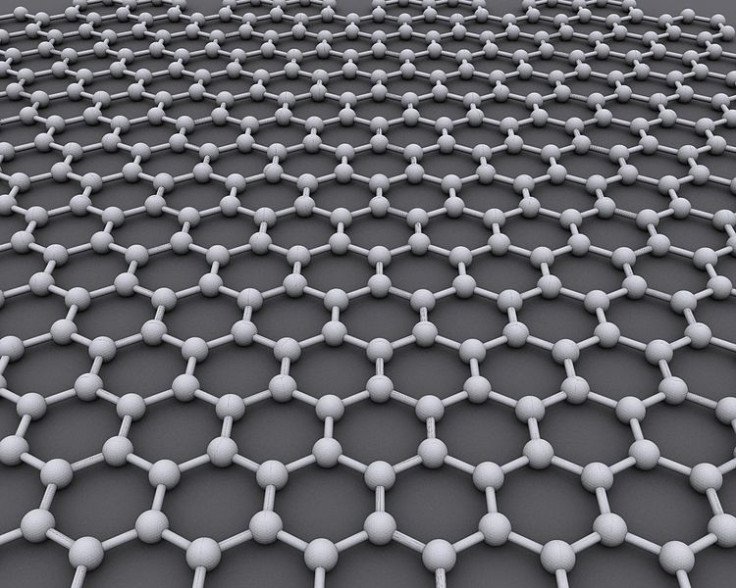Photonics: Half-light, half-matter quantum particles discovered at room temperature

Researchers at the City College of New York have discovered half-light, half-matter particles in atomically thin semiconductors made of a layer of molybdenum and sulfur atoms.
They sandwiched the two dimensional layer in a light trapping structure to realise the composite quantum particles, in what opens the way to new unique logic gates and signal processors that come with the properties of both light and matter.
"Besides being a fundamental breakthrough, this opens up the possibility of making devices which take the benefits of both light and matter," said Professor Vinod Menon who led the study.
The study appears in the January issue of the journal Nature Photonics.
The exciton polariton was the first discovered particle made of light and matter simultaneously, in work done way back in the 90s.
What is a polariton
Sandwiched in a quantum well of semiconducting materials, brief electron-hole pairings result in electrons excited and quelled in a release of energy as a photon. When placed between highly polished mirrors, the photon gets reflected back into the well to create another exciton (electron-hole pair) which emits another photon and so on.
The energy begins to cycle between light and matter in a few trillionths of a second making it difficult to tell in which of the two states it is stored – as light or matter. That was the polariton -- half light, half matter.
When the interaction rate is engineered to be faster than energy dissipation from the light and matter entities, one reaches the 'strong coupling' regime.
The present work achieved this light-matter coupling easily, leading to the formation of polaritons in a two-dimensional atomic crystal of molybdenum disulphide (MoS2) at room temperature.
Realising strong coupling at room temperature in two-dimensional materials provides for the development of practical polaritonic devices.
Two-dimensional atomic crystals of graphene, as well as transition-metal dichalcogenides, are the other class of materials that have demonstrated strong interaction with light.
© Copyright IBTimes 2025. All rights reserved.





















